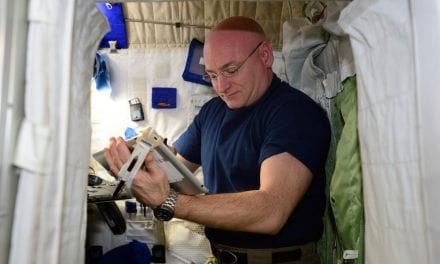The American Senior Housing Association (ASHA) and neurotechnology company NeuroVigil will deploy NeuroVigil’s noninvasive wireless brain recording technology to senior living communities around the country to monitor the aging brain. The official announcement was made by David Schless, ASHA president, following a presentation by Dr Philip Low, NeuroVigil’s chairman and CEO, on January 26 in Dana Point, Calif.
The alliance between the senior living industry and NeuroVigil will make it possible to collect vast amounts of neurobiological data from seniors. “We are looking at the biggest living laboratory in the world,” says John Rios, ASHA chairman, in a release. The program will be optional, on a voluntary basis, noninvasive, will not require hospitalization, nor will it interfere with medical care, and all data will be anonymized. The program could be used by researchers to investigate changes in brain activity induced by aging, or changes in diet, lifestyle, or sleep. The data will be collected with iBrain, NeuroVigil’s portable brain monitoring device, and processed by NeuroVigil’s proprietary algorithms, including the SPEARS algorithm, which converts electroencephalograms (EEG) into maps of brain activity.
“We have been following the groundbreaking work of Dr Low and NeuroVigil, and as an organization dedicated to life enrichment and improving quality of life for seniors, we could not ask for a more sophisticated neurotechnology partner to provide assistance to our leading member operators and owners who have invested tremendous energy to develop various cognitive enrichment, nutritional, and wellness programs. There is a considerable need to objectively analyze the impact of these activities on a very broad scale and we are excited to be assisted by NeuroVigil,” says Schless.
This announcement has been enthusiastically supported by ASHA members, many of whom have committed to launch this neurotechnology in their senior care facilities as soon as possible based on various factors. “We fully expect an initial launch of well over 20,000 iBrain units representing a conservative initial market penetration of less than 1%,” Rios says.
Low says, “Enabling seniors to participate in cutting-edge research studies by giving them access to portable and noninvasive neurotechnology to objectively measure changes in brain activity generated by the types of life enrichment programs made available to them, will help shed light on these programs. We are honored by this request.”





